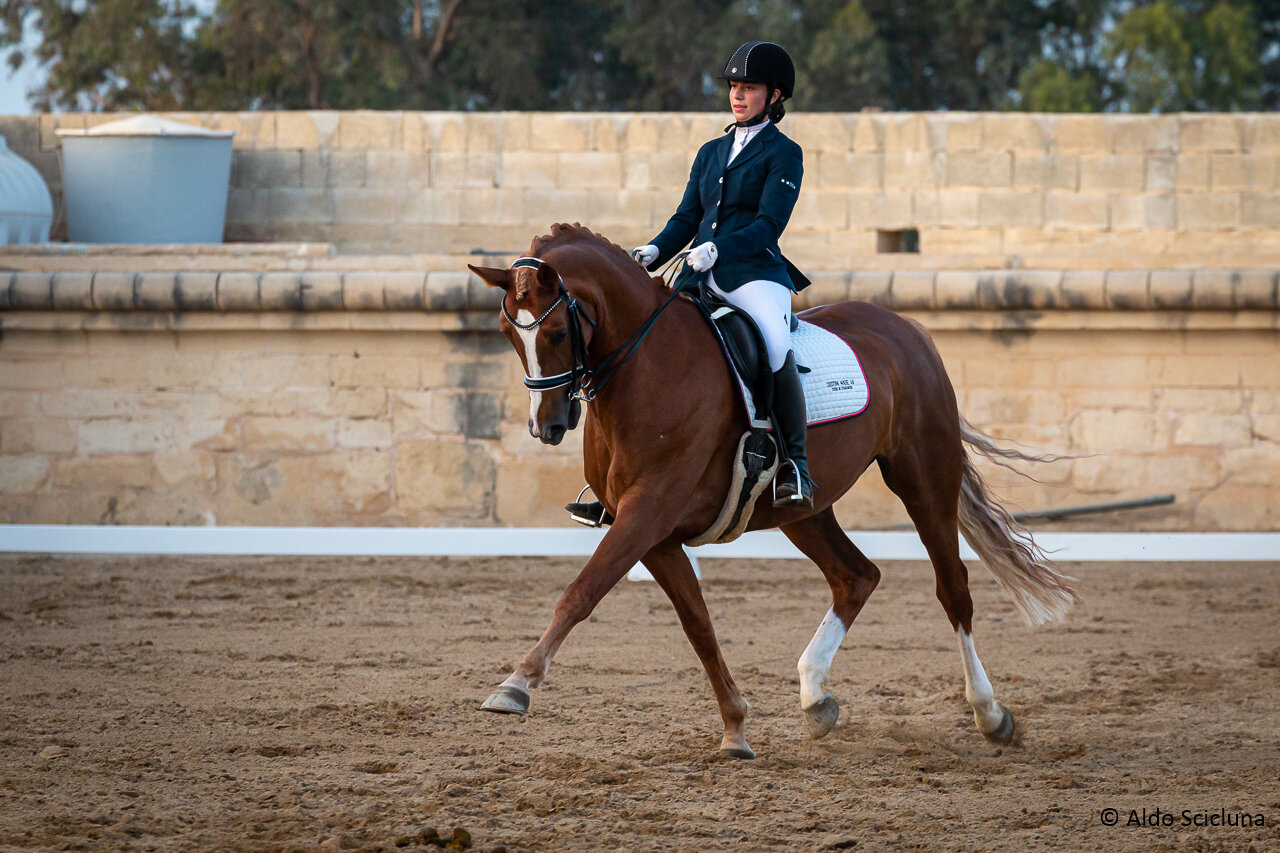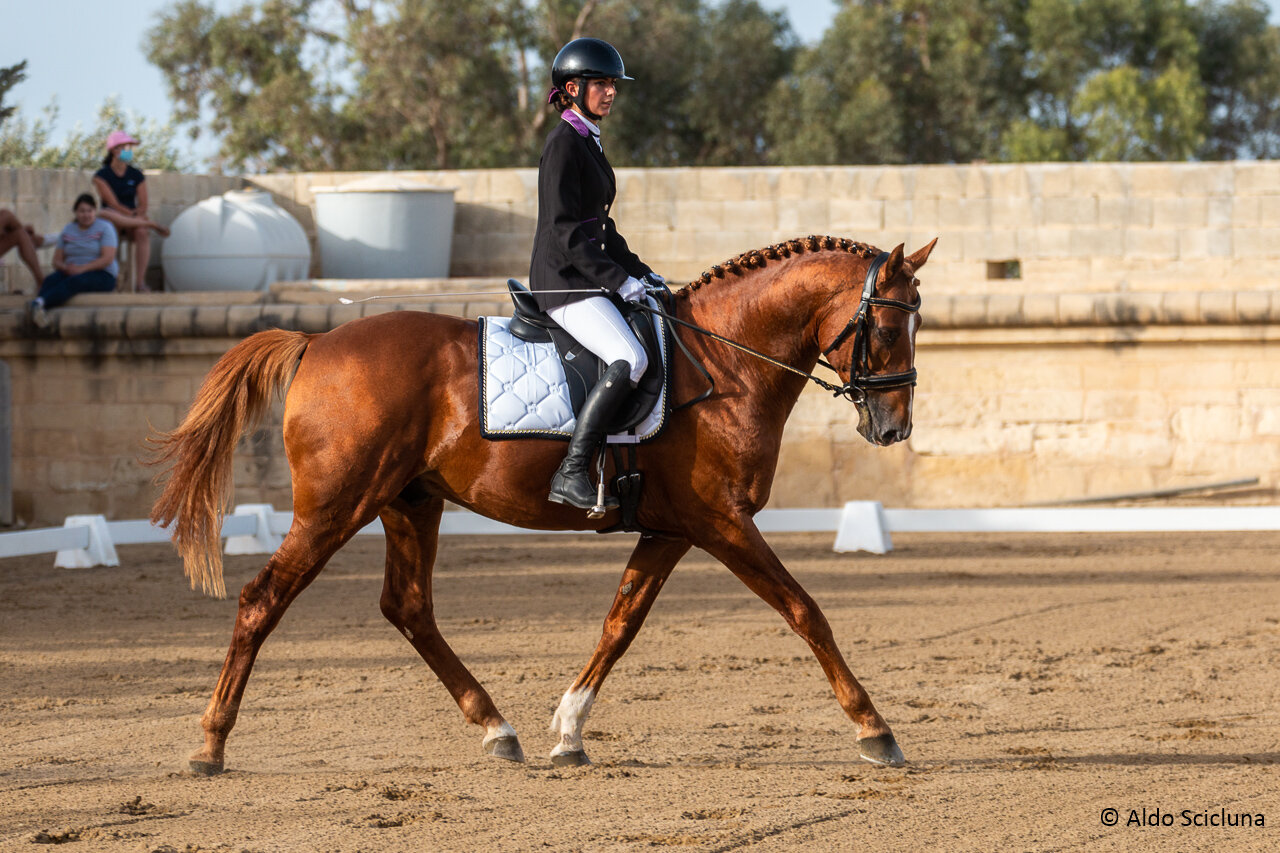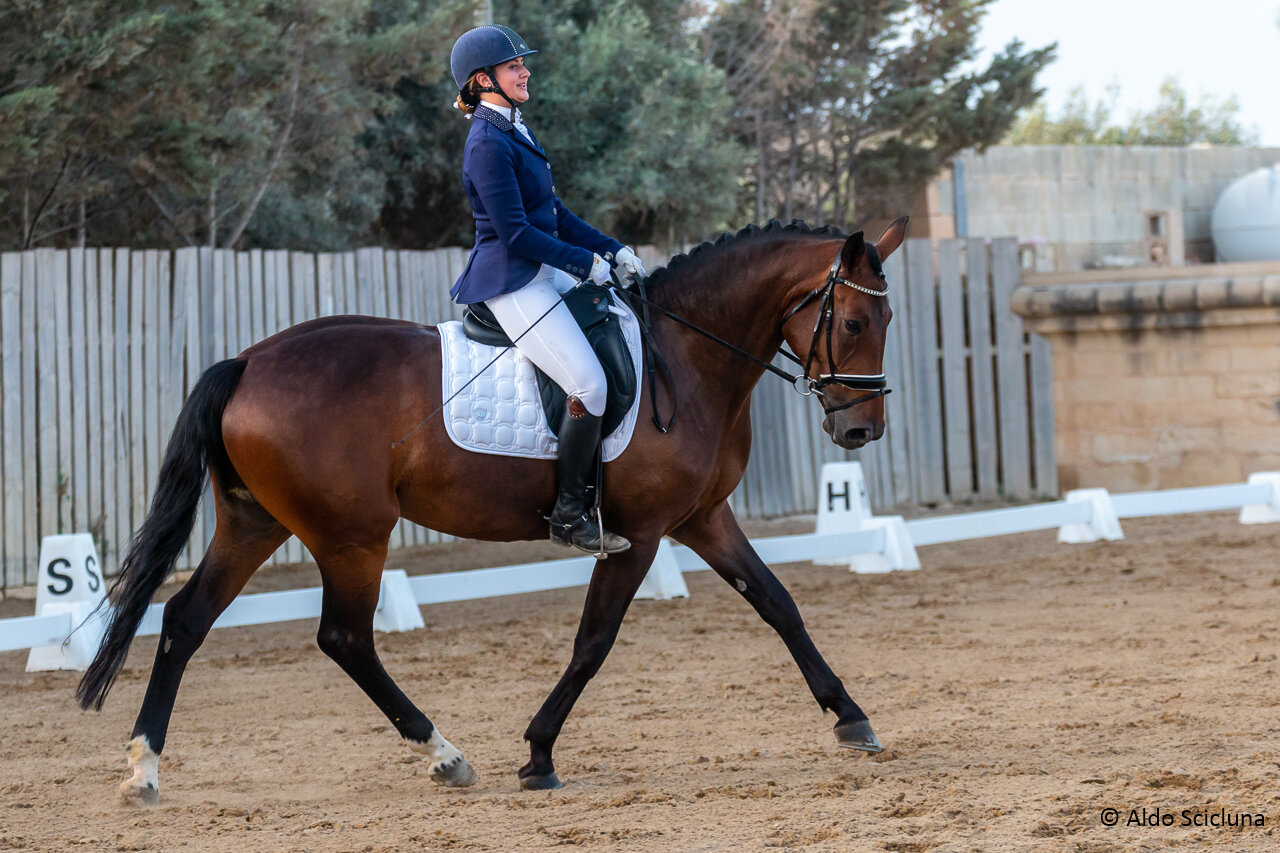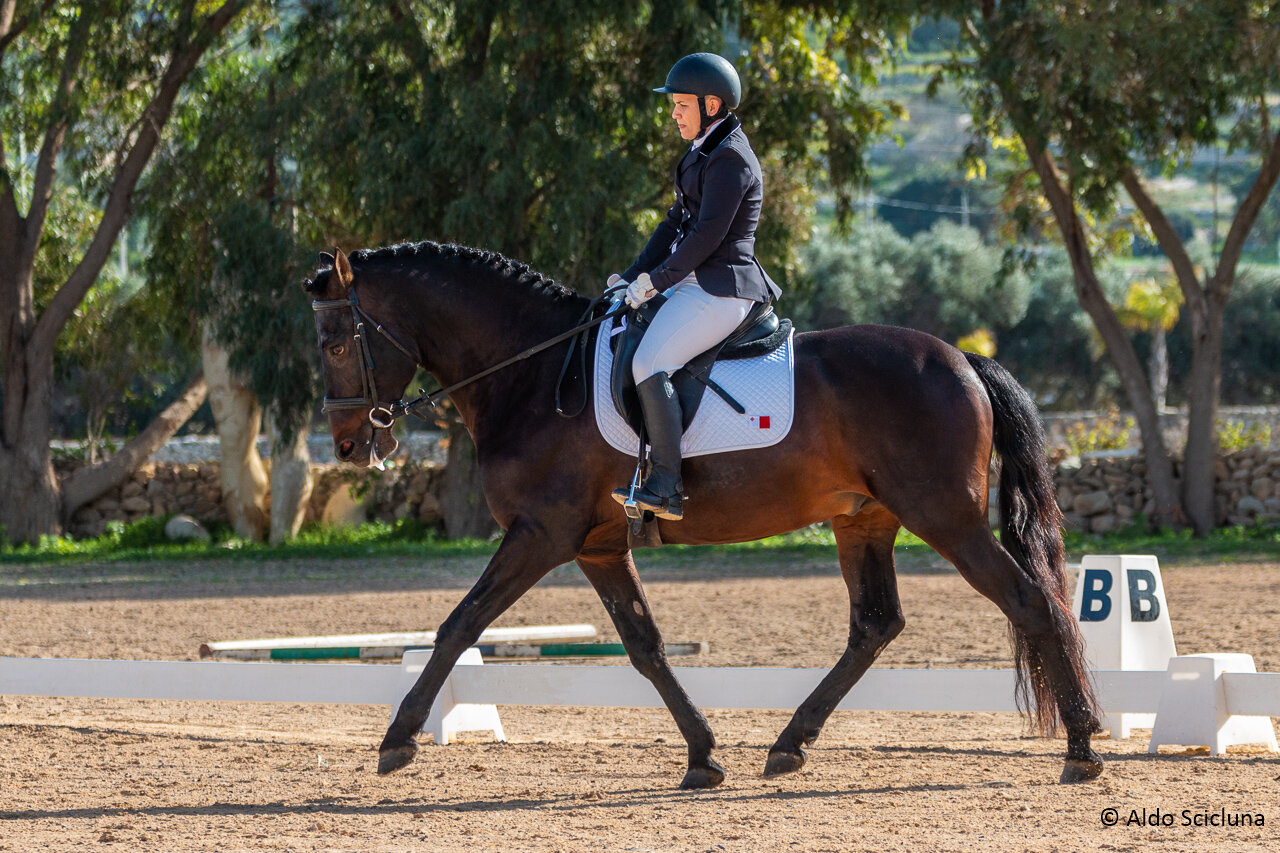
Dressage in Malta.
The sport
Put simply, dressage is an equestrian sport where horses and their riders perform a test of movements in a rectangular arena while being judged against set criteria. Each movement is marked out of ten by a panel of judges (one, two, three, five or seven) to give a final total which is given as a percentage and the combination with the highest final percentage wins.
The arena
There are two types of rectangular competition arenas laid out in metres, 20m x 40m or 20m x 60m. Low level tests are generally done in the smaller arena while the more advanced tests tend to be in the larger arena. The arena falls within a larger enclosure (100m x 80m at international standards) which also includes a warm up area. Around the area there are markers, defined by a letter, which give the riders points to perform the movements within the test. No one knows the exact origin of these letters but it's thought to relate to 19th century German social ranking!
The movements
The dressage test is a set of movements, either laid out as a pre-determined route using the arena letters or as a list to be included in a 'freestyle' test which can be set to music.
The levels
The MEF runs competitions from Introductory to Grand Prix level as follows:
Introductory > Prelim > Novice > Elementary > Medium > Advanced Medium > Advanced > Prix St Georges > Intermediate > Grand Prix
Introductory is the easiest level where you perform your test in walk and trot. Canter comes in at Prelim and at Novice, lengthened strides come. Elementary starts lateral work and the difficulty steps up for Medium. Flying changes come in for Advanced Medium before you hit the 'advanced' levels. Prix St Georges and Intermediate I are known as small tour before the ultimate test, Grand Prix. Getting to the sport's pinnacle is a true achievement and takes years of training and dedication.
The tests
Levels at Prix st Georges (PSG) to Grand Prix are generally international tests and those below, national tests.
The competitions
The MEF host competitions at affiliated venues throughout the year. Horse and rider combinations accrue points at affiliated events for the Season Championship rankings.
The riders
Dressage riders are technicians in search of perfection. Through training, preparation and development they nurture the talent of their horses to a pre-determined set of guidelines, the scales of training. Everyone who rides has a touch of dressage in them to be able to control, ride and communicate with their horses but those who specialise, take that to a whole new level!
The horses
Any horse can do dressage, it's that simple. Judges are looking for a picture from horse and rider and it doesn't matter what breed, colour, size or age they are, if they can perform the movements to the guidelines, they can do a dressage test. At the very top levels, the 'warmblood' breeds are generally considered the most suitable for their conformation, movement and temperament.
The equipment
There's a dress code for the riders depending on the level they're competing at which is essentially a hat, jacket, breeches/jodhpurs and boots. There's a requirement for tests below advanced level that a protective safety hat be worn. At advanced or above, a traditional top hat may be worn but many riders are now opting for safety.
In a test, horses must wear a saddle and bridle. Bridles at intro to novice must use a single bit and at elementary and above, a double bridle (two bits) may be worn. The type of bits horses can wear is covered by the rules. Any continental or English saddle can be used but riders often choose a specialist dressage saddle which helps the rider's position and allows them to 'feel' the horse better.
No boots or bandages are allowed in the test - there's a six mark deduction if left on accidentally!
The officials
Judges are a key part of the test. They go through a rigorous training process to qualify and must then complete Continuous Professional Development (CPD) to keep their status. Nationally, judges are 'listed' according to the level of test they can judge while internationally, they have star ratings. As well as judging the test, judges also monitor the welfare of the horses, checking they are happy athletes, sound and free from obvious injury.
There's also a steward or team of stewards who oversee the running of the competition. They are the guardians of equine welfare, look after the warm-up, check the tack and get the horses in and out of the ring at their given time.

Dressage Schedule & Results.
Gallery.
